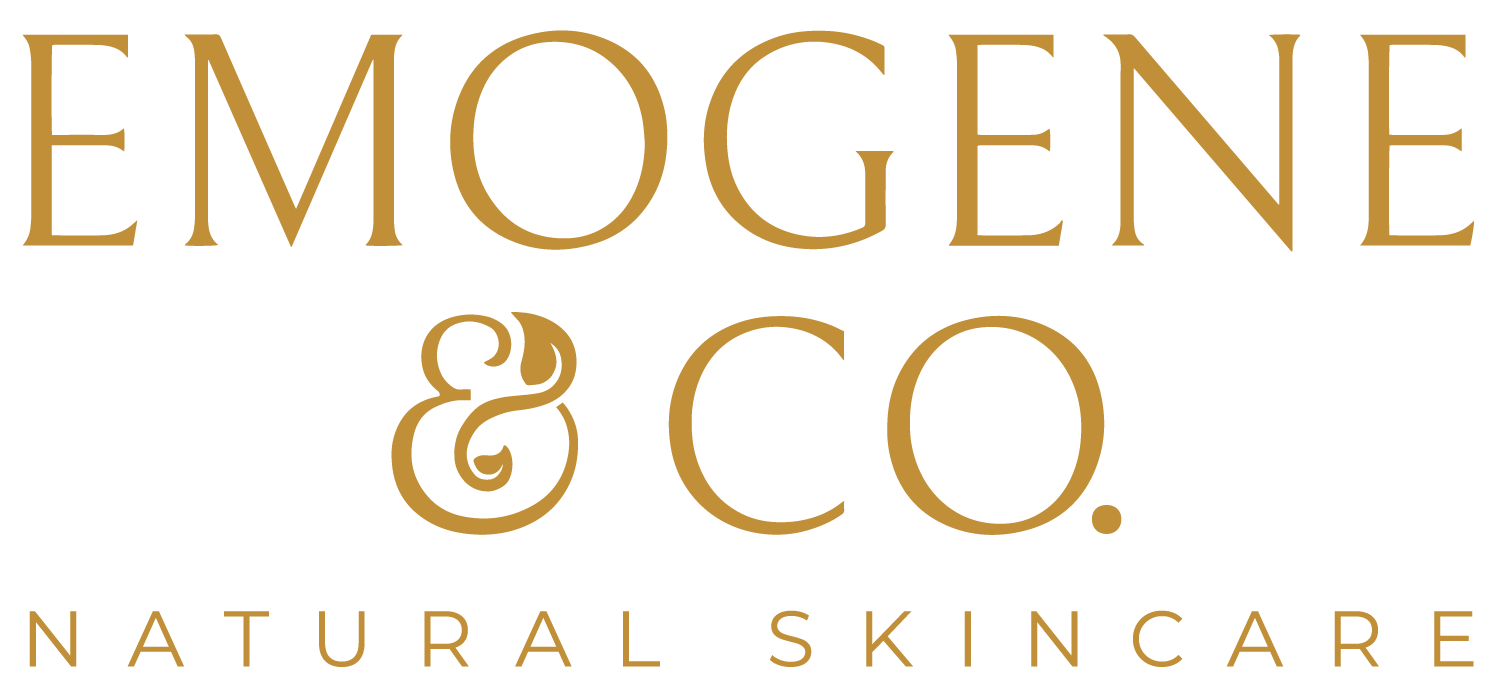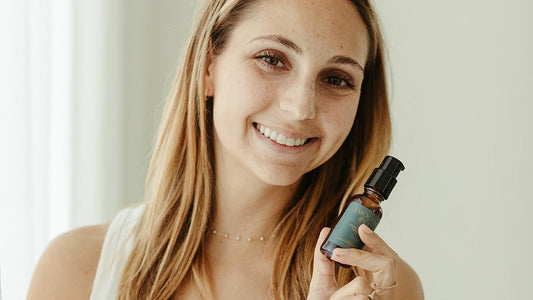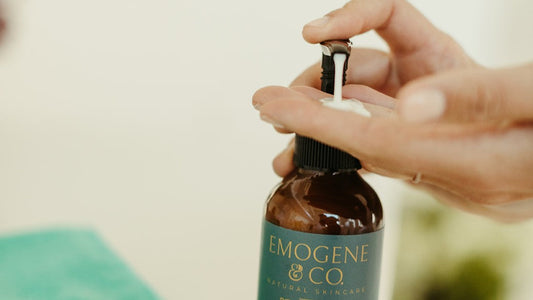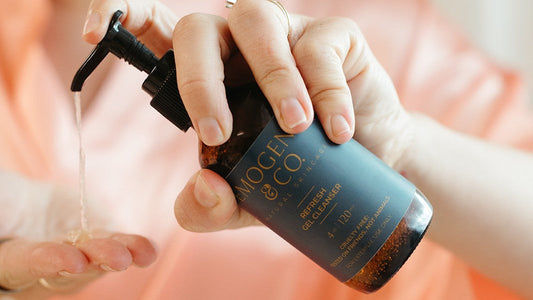If you're struggling with recurring breakouts, stubborn blackheads, or congested skin, your skincare products might be part of the problem. Even products labeled "non-comedogenic" can contain ingredients that clog pores for certain skin types. At Emogene & Co., we believe in educating our community so you can make empowered decisions about what goes on your skin.
Let’s break down some of the most common pore-clogging ingredients and how to identify them in your skincare routine.
What Does "Pore-Clogging" Mean?
A pore-clogging (or comedogenic) ingredient has the potential to block your pores by trapping oil, dead skin cells, and bacteria—leading to blackheads, whiteheads, or acne. What breaks one person out may be totally fine for another.
Top Pore-Clogging Ingredients to Avoid Using on the Facial Area (Especially If You're Acne-Prone)
-
Coconut Oil: Rich and hydrating, but highly comedogenic. Best avoided on the face, especially for acne-prone skin.
-
Cocoa Butter: Ultra-nourishing and high in fatty acids, but can be too heavy for the face and clog pores.
-
Shea Butter: While deeply moisturizing, shea butter has a moderate comedogenic rating and can cause breakouts for oily/combination skin.
-
Isopropyl Myristate / Isopropyl Palmitate: These emollients give products a silky feel but are notorious for clogging pores.
-
Lanolin: Derived from sheep's wool, lanolin can trap bacteria and oil in pores.
-
Algae Extract / Carrageenan: Often used in natural skincare, but can be too rich for acne-prone skin.
-
Ethylhexyl Palmitate: A derivative of palm oil that adds slip to products but ranks high on the comedogenic scale.
-
Wheat Germ Oil: Nutrient-dense but thick and pore-clogging, especially in leave-on products.
-
Sodium Lauryl Sulfate (SLS): Common in foaming cleansers and toothpaste. While it doesn’t clog pores directly, it strips the skin barrier and causes irritation that can lead to breakouts.
-
Artificial Fragrances and Dyes: These can irritate sensitive or acne-prone skin and indirectly contribute to breakouts.
How to Check Your Products
-
Read ingredient labels carefully—especially on moisturizers, makeup, and sunscreen.
-
Use websites like acne.org or INCIDecoder to check for comedogenic ratings.
-
Introduce new products slowly and patch test if you're breakout-prone.
Emogene & Co.'s Approach
Our formulations are carefully crafted with non-comedogenic, barrier-supportive ingredients. We believe that skincare should nourish your skin without triggering flare-ups. Try some of our best sellers listed on our website or book a skin consult to get personalized recommendations for what your skin will love.
Our Top Recommendations for Emogene & Co. Products for acne-prone skin:
-
Gently removes dirt, oil and dead skin from pores without disturbing your skin's natural moisture barrier
-
Removes bacteria and eases irritation, even for the most sensitive skin. FDA-cleared for wound care, it’s a must have for your first aid kit
-
Softens the skin and refines the appearance of pores for a healthy-looking complexion
-
Supercharged 15% Vitamin C serum formulated with ingredients to plump and hydrate the skin, stimulate collagen production, reduce fine lines and wrinkles, and provide powerful antioxidant protection
-
Locks in moisture to aid in pulling your serums deeper into the skin to boost their activity and leave skin feeling supple
-
Targets skin concerns including blemishes, large pores, and uneven skin texture while aiding in reducing inflammation and restoring the skin's natural lipid barrier
Final Thoughts
The path to clearer skin isn't about perfection—it's about awareness. Understanding which ingredients might be clogging your pores is a powerful step in creating a routine that truly supports your skin's health. And remember, you don’t have to do it alone. Our team is here to help you build a routine you can trust.




